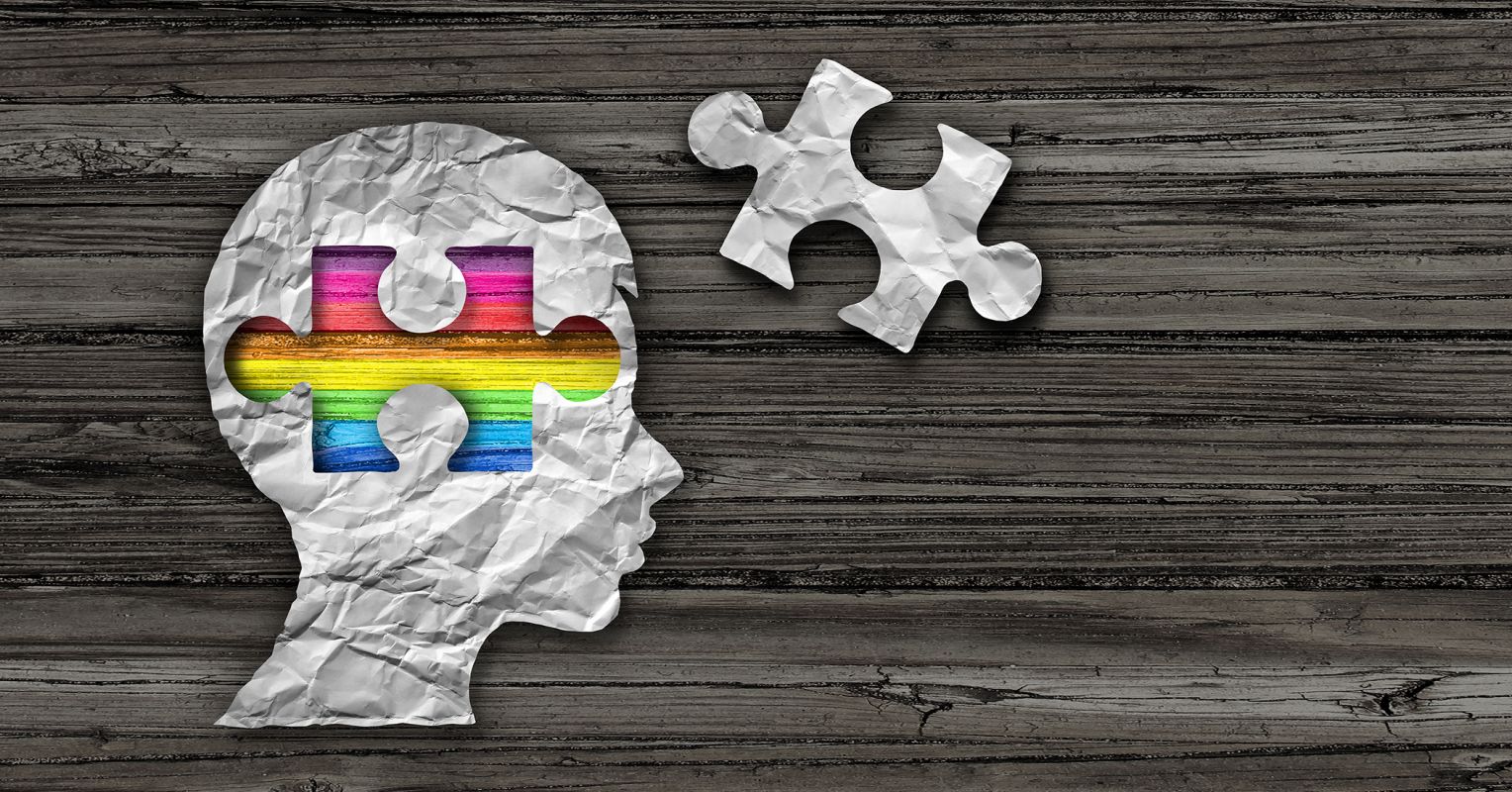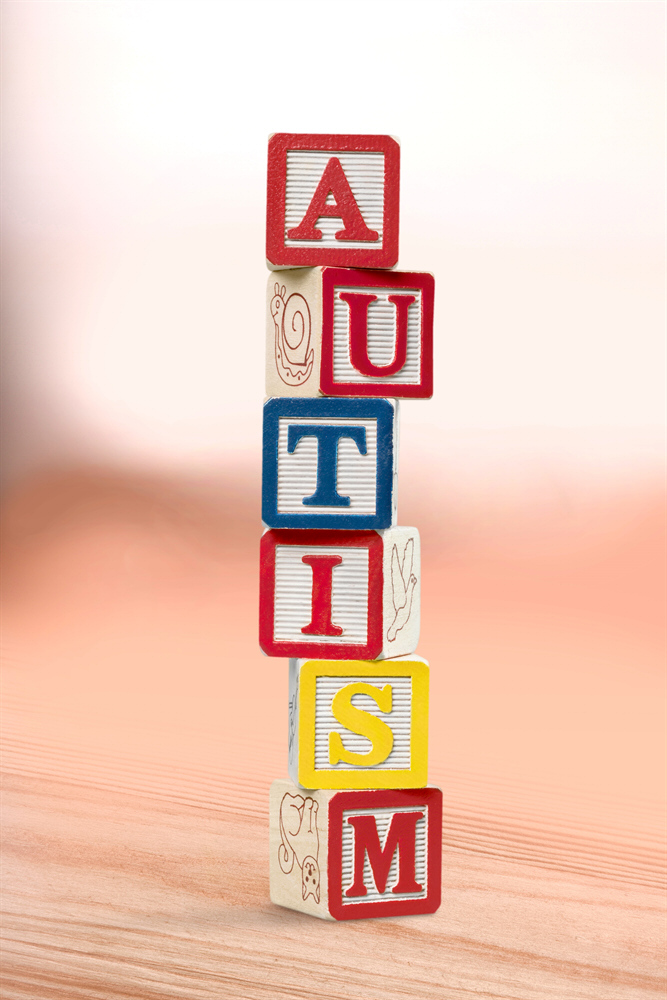What is Autism Spectrum Disorder ?

What is Autism Spectrum Disorder?
Autism spectrum disorder (ASD) is a developmental disability caused by differences in the brain. Some people with ASD have a known difference, such as a genetic condition. Other causes are not yet known. Scientists believe there are multiple causes of ASD those acts together to change the most common ways people develop.
read more

People with ASD may behave, communicate, interact, and learn in ways that are different from most other people. There is often nothing about how they look that sets them apart from other people. The abilities of people with ASD can vary significantly. For example, some people with ASD may have advanced conversation skills whereas others may be nonverbal. Some people with ASD need a lot of help in their daily lives; others can work and live with little to no support.
READ MORE
As children with ASD become adolescents and young adults, they may have difficulties developing and maintaining friendships, communicating with peers and adults, or understanding what behaviors are expected in school or on the job. They may come to the attention of healthcare providers because they also have conditions such as anxiety, depression, or attention-deficit/hyperactivity disorder, which occur more often in people with ASD than in people without ASD.
Signs and Symptoms of Autism Spectrum Disorder
Autism spectrum disorder (ASD) is a developmental disability caused by differences in the brain. People with ASD often have problems with social communication and interaction, and restricted or repetitive behaviors or interests. People with ASD may also have different ways of learning, moving, or paying attention. It is important to note that some people without ASD might also have some of these symptoms. But for people with ASD, these characteristics can make life very challenging.
Social Communication and Interaction Skills
Social communication and interaction skills can be challenging for people with ASD.
Examples of social communication and social interaction characteristics related to ASD can include
⦁ Avoids or does not keep eye contact
⦁ Does not respond to name by 9 months of age
⦁ Does not show facial expressions like happy, sad, angry, and surprised by 9 months of age
⦁ Does not play simple interactive games like pat-a-cake by 12 months of age
⦁ Uses few or no gestures by 12 months of age (for example, does not wave goodbye)
⦁ Does not share interests with others by 15 months of age (for example, shows you an object that they like)
⦁ Does not point to show you something interesting by 18 months of age
⦁ Does not notice when others are hurt or upset by 24 months of age
⦁ Does not notice other children and join them in play by 36 months of age
⦁ Does not pretend to be something else, like a teacher or superhero, during play by 48 months of age
⦁ Does not sing, dance, or act for you by 60 months of age
Restricted or Repetitive Behaviors or Interests
People with ASD have behaviors or interests that can seem unusual. These behaviors or interests set ASD apart from conditions defined by problems with social communication and interaction only.
Examples of restricted or repetitive behaviors and interests related to ASD can include
⦁ Lines up toys or other objects and gets upset when order is changed
⦁ Repeats words or phrases over and over (called echolalia)
⦁ Plays with toys the same way every time
⦁ Is focused on parts of objects (for example, wheels)
⦁ Gets upset by minor changes
⦁ Has obsessive interests
⦁ Must follow certain routines
⦁ Flaps hands, rocks body, or spins self in circles
⦁ Has unusual reactions to the way things sound, smell, taste, look, or feel
Other Characteristics
Most people with ASD have other related characteristics. These might include
⦁ Delayed language skills
⦁ Delayed movement skills
⦁ Delayed cognitive or learning skills
⦁ Hyperactive, impulsive, and/or inattentive behavior
⦁ Epilepsy or seizure disorder
⦁ Unusual eating and sleeping habits
⦁ Gastrointestinal issues (for example, constipation)
⦁ Unusual mood or emotional reactions
⦁ Anxiety, stress, or excessive worry
⦁ Lack of fear or more fear than expected

